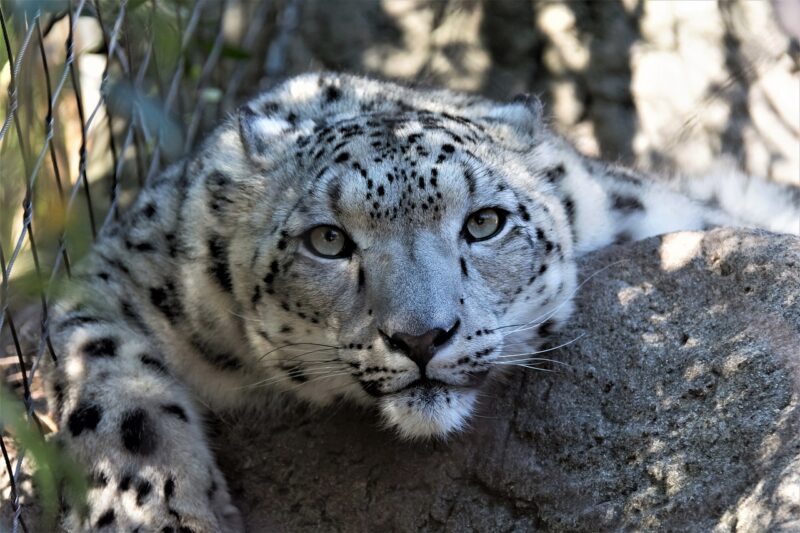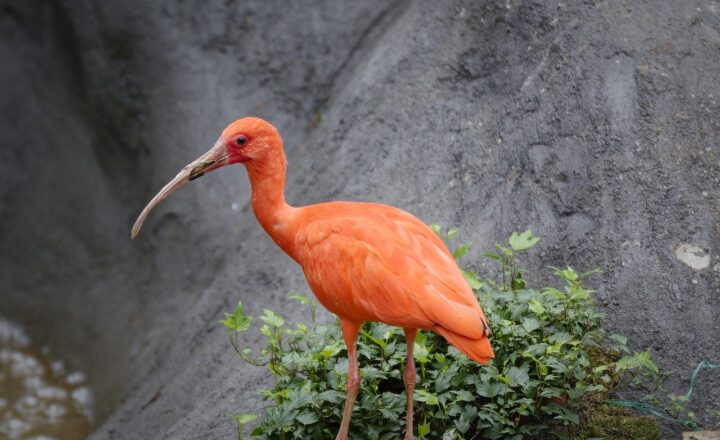The Science of Extinction: Why Some Species Disappear and How Evolution Responds
November 12, 2024

Extinction is a natural part of the evolutionary process, but its recent accelerated pace poses critical questions about biodiversity and the future of our planet. This article explores why some species disappear while others adapt or thrive, highlighting the intricate balance of ecosystems and the impact of human activity on this delicate dynamic.
1. Understanding Extinction
Extinction occurs when a species ceases to exist either globally or locally. While extinctions are a natural consequence of the evolutionary process, the current rate of species loss is alarming, primarily due to anthropogenic factors. Throughout Earth’s history, mass extinctions have occurred at various intervals, often triggered by significant environmental changes.
The five major mass extinction events include:
- Ordovician-Silurian Extinction (approximately 445 million years ago)
- Late Devonian Extinction (approximately 375 million years ago)
- Permian-Triassic Extinction (approximately 251 million years ago)
- Triassic-Jurassic Extinction (approximately 200 million years ago)
- Cretaceous-Paleogene Extinction (approximately 66 million years ago)
The Permian-Triassic extinction, also called “The Great Dying,” is particularly notable for wiping out over 90% of marine species and a significant percentage of terrestrial species. The current biodiversity crisis, often referred to as the sixth mass extinction, is characterized by rapid species loss at rates exceeding those of previous mass extinctions citing factors such as habitat destruction, climate change, pollution, and invasive species.
2. The Causes of Extinction: A Closer Look
Understanding the causes of extinction is essential for conservation efforts. Several factors contribute to the decline of species:
- Habitat Destruction: The destruction of natural habitats due to urbanization, agriculture, and deforestation has fragmented ecosystems and reduced the living space available for many species. When animals can no longer find food, mates, or shelter, their populations dwindle, leading to extinction.
- Climate Change: Alterations in climate patterns disrupt the delicate balance of ecosystems. Rising temperatures, changing precipitation patterns, and increasing frequency of extreme weather events force species to adapt quickly or face extinction. For example, polar bears are struggling to survive as their ice habitat melts due to warming temperatures.
- Pollution: Chemicals and waste from human activities contaminate air, water, and soil, adversely affecting wildlife. Species subjected to pollution may experience declines in reproductive success, weakened immune systems, or direct mortality.
- Invasive Species: Non-native species, introduced either accidentally or intentionally, can outcompete local flora and fauna for resources. These invasives can disrupt food webs, lead to population declines, and push native species towards extinction. For instance, the introduction of the brown tree snake to Guam led to the collapse of bird populations on the island.
- Overexploitation: The unsustainable harvesting of wildlife for food, medicine, or the pet trade has led to drastic declines in populations. The overfishing of certain fish species, for example, has devastating impacts on marine biodiversity and ecosystems.
3. The Role of Evolution in Response to Extinction
Evolution is a powerful response mechanism in nature, allowing species to adapt to changing environments. When faced with extinction pressures, some species undergo rapid evolutionary changes, which can promote survival in altered conditions. Key concepts include:
- Natural Selection: Species with advantageous traits are more likely to survive and reproduce, passing on those traits to future generations. This process can lead to significant adaptations over time. For example, Darwin’s finches in the Galápagos Islands exhibit beak variations adapted to available food sources, showcasing evolution in action.
- Adaptive Radiation: When species colonize new environments, they often diverge to exploit different ecological niches. This can result in a rapid increase in species variety, as seen with the mammal diversification following the extinction of the dinosaurs.
- Extinction and Opportunity: Paradoxically, extinction creates opportunities for remaining species to thrive and diversify. The void left by lost species often allows others to occupy ecological niches, fostering biodiversity in the aftermath of extinction.
Moreover, some species exhibit remarkable resilience. For instance, the cave-dwelling species of fish show evolutionary adaptations like loss of eyesight, which allows them to thrive in completely dark environments.
4. Conservation Efforts: Mitigating Extinction Risk
Recognizing the urgency of conservation is critical not only for protecting individual species but also for maintaining ecological balance. Numerous strategies have been implemented to mitigate extinction risk:
- Protected Areas: Establishing national parks and wildlife reserves helps conserve vital habitats while providing safe havens for endangered species.
- Legislation: Laws like the Endangered Species Act (ESA) provide protections for imperiled species and their habitats.
- Captive Breeding Programs: Breeding programs can help increase population sizes for endangered species with the goal of reintroduction into the wild.
- Community Involvement: Engaging local communities in conservation efforts fosters stewardship and ensures ongoing protection efforts.
- Education and Awareness: Raising public awareness about extinction and biodiversity can help inspire individuals to take action and support conservation initiatives.
The fight against extinction requires a collaborative approach that encompasses scientific research, policy change, and public engagement.
5. The Future of Biodiversity: Our Role in Preventing Extinction
As stewards of the planet, humans have a significant responsibility to mitigate actions that contribute to the current extinction crisis. Key actions include:
- Sustainable Practices: Adopting sustainable farming, fishing, and consumption practices help reduce habitat destruction and resource depletion.
- Minimizing Waste: Reducing, reusing, and recycling can significantly lessen our ecological footprint, while supporting products that minimize packaging also benefits the environment.
- Advocacy and Support for Conservation: Supporting organizations that focus on conservation and sustainability can contribute to long-term efforts in combating extinction.
The interconnectedness of species and ecosystems highlights the importance of biodiversity in ensuring a healthy and thriving planet. As much as extinction seems like a loss, the story of evolution continues, and with effective conservation strategies, we can hope to mitigate the impacts of extinction, allowing species to adapt and thrive in our changing world.
Conclusion
The science of extinction reveals much about the fragility of ecosystems and the tenacity of evolution. While many species face threats that could lead to their disappearance, it is crucial to recognize the adaptive potential inherent in life. By understanding the reasons behind extinction and employing robust conservation strategies, we can work towards a future where biodiversity flourishes, preventing the tragic loss of species while enhancing the resilience of our ecosystems.








